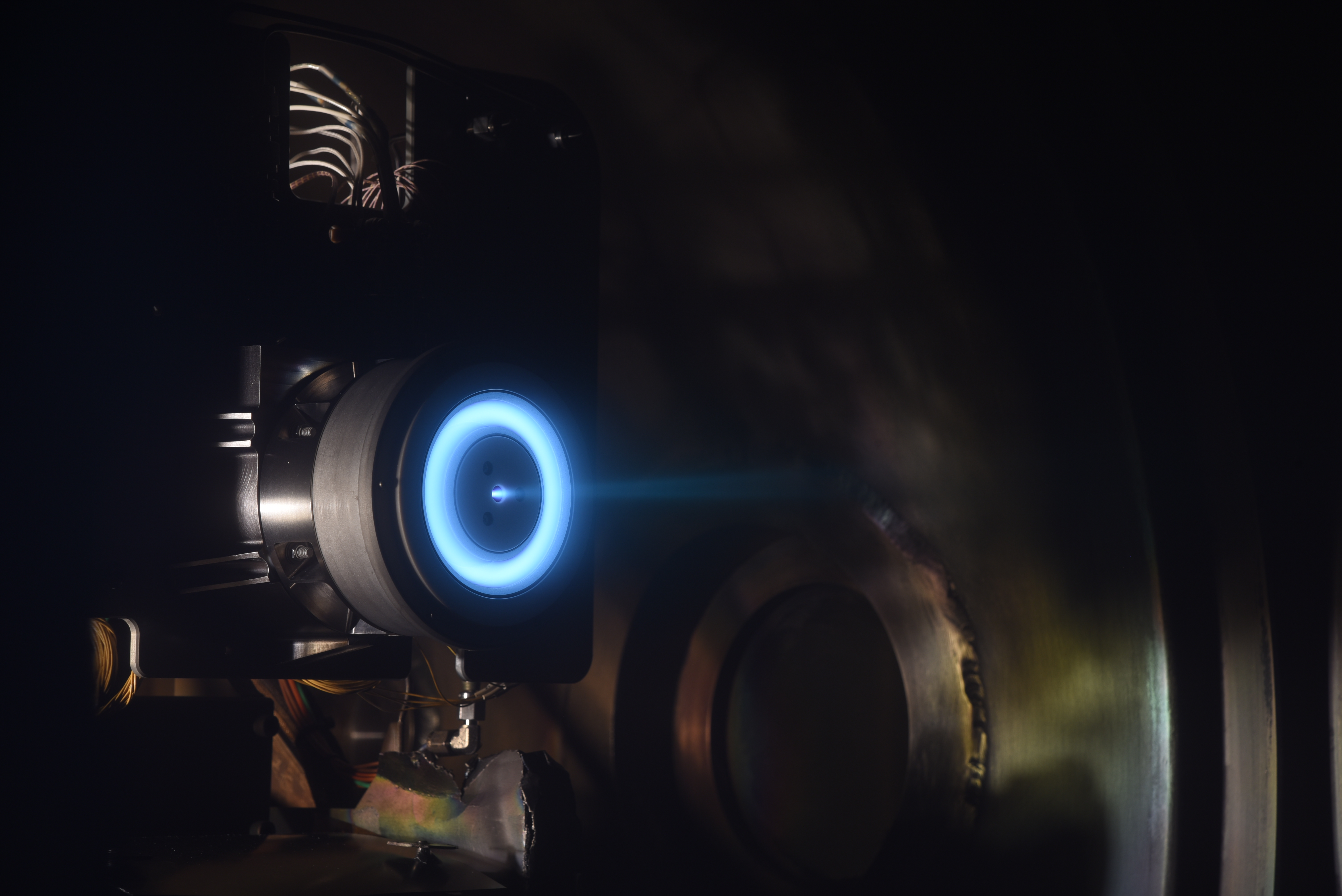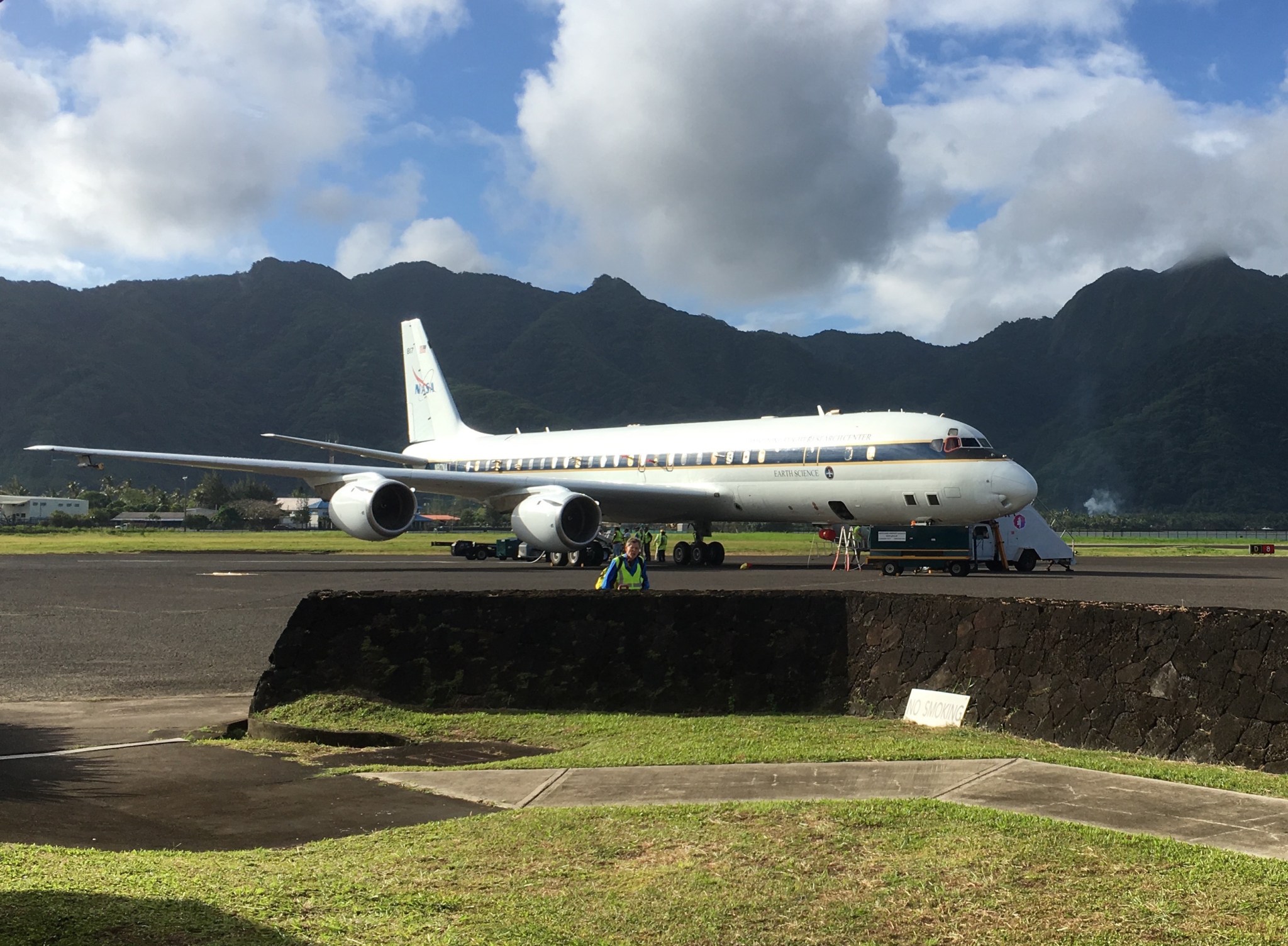Media are invited to preview one of NASA’s most ambitious airborne studies of Earth’s atmosphere on Wednesday, Feb. 8, in Christchurch, New Zealand.
The Atmospheric Tomography (ATom) mission will study greenhouse gases and other atmospheric gases and particles using instruments on board the agency’s DC-8 flying laboratory. The 28-day journey will fly from North Pole to New Zealand, across the Pacific to the tip of South America, and north to the Arctic. ATom completed its first globe-circling flight in 2016.
ATom will measure more than 200 gases and airborne particles over the oceans. The goal is understanding how gases such as methane and ozone and poorly understood airborne particles like black carbon, transform and ultimately are removed from the atmosphere. These processes are key to better comprehend Earth’s climate today and in the future.
The event at the Sudima Hotel adjacent to Christchurch International Airport will take place for from 9 a.m. to noon NZST. Media will tour NASA’s DC-8 and have opportunities for interviews with lead scientists and mission personnel. Media must request credentials by 5 p.m. NZST on Friday, Feb. 3, by emailing Christchurch Airport communication manager Yvonne Densem at Yvonne.Densem@cial.co.nz. Include full name as it appears on a valid government-issued photo identification, media affiliation, email address and telephone number.
ATom complements NASA’s satellite observations of the major gases of Earth’s atmosphere, such as carbon dioxide and ozone. The mission will zoom in to make detailed measurements of atmospheric chemistry that are difficult or impossible to make from space.
NASA collects data from space, air, land and sea to increase our understanding of our home planet, improve lives and safeguard our future. The ATom mission is an example of how the agency develops new ways to observe and study Earth’s interconnected natural systems with long-term data records. For more information about ATom, visit:
https://www.nasa.gov/content/2016-earth-expeditions-atom/
Steve Cole
Headquarters, Washington
202-358-0918
stephen.e.cole@nasa.gov
Ellen Gray
Goddard Space Flight Center, Greenbelt, Md.
301-286-1950
ellen.t.gray@nasa.gov


























